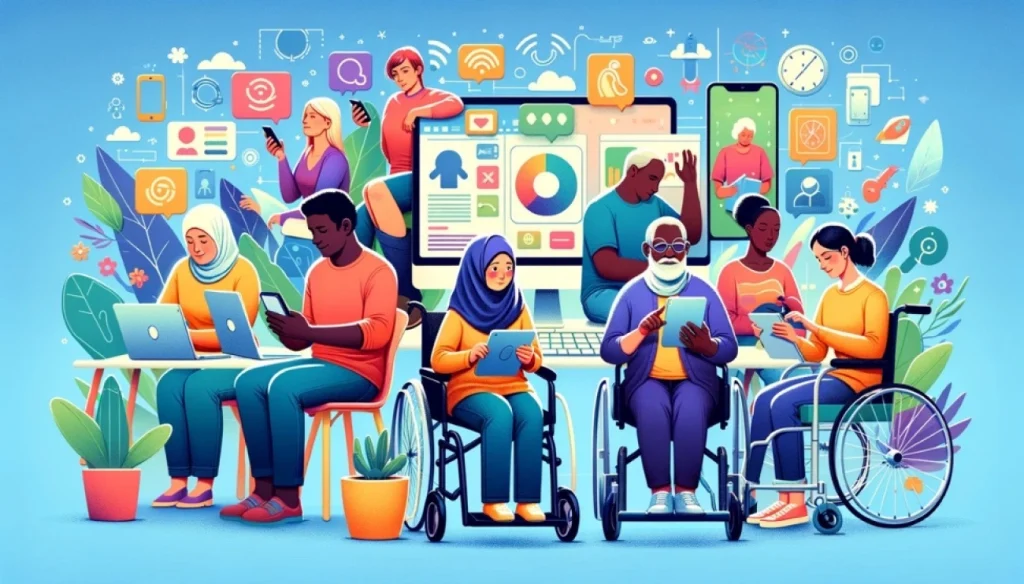- Inclusion in digital systems is essential for equal opportunities across technology.
- Key steps to embed inclusion include accessible design, diverse teams, and social responsibility.
What happened: Building inclusion into the digital core
Inclusion in technology is about ensuring that everyone has equal access to digital services and can participate in the opportunities technology provides. This includes everything from accessible website design to hiring diverse teams who bring unique perspectives. Recent efforts to embed inclusivity into the digital core involve making technology accessible to everyone, regardless of background, gender, or ability. For instance, accessibility features such as voice recognition and screen readers are becoming standard in devices, helping users who have disabilities navigate digital spaces effectively.
Companies are also focusing on building diverse teams to ensure that the technology they create is inclusive. This approach helps in addressing the blind spots that can occur when only one demographic group designs products. Moreover, incorporating inclusion into digital infrastructure is not just a matter of compliance or corporate social responsibility, but a business imperative as customers demand more socially responsible and accessible technologies.
Also read: NOCSER: Leading IT solutions provider
Also read: MAMPU: Leading digital transformation in Malaysia’s public sector
Why it’s important
The European Accessibility Act (EAA) is a crucial piece of legislation that aims to ensure no one is excluded from the digital world due to disabilities. The telecom industry is at the forefront of this shift, as it is responsible for providing digital services to millions of people. By mandating that telecom providers offer accessible websites, customer service, and technology products, the EAA sets the groundwork for a more inclusive digital ecosystem. This will enable people with disabilities to participate more fully in everyday activities, from accessing essential services to socialising and engaging in online communities.
For telecom providers, the EAA means embracing a more inclusive business model, with a focus on accessibility as a core component of their offerings. While these changes may involve significant investments in redesigning products, services, and customer support, they also open the door to an underserved market of individuals who may have previously been overlooked. As a result, providing accessible services can lead to stronger customer loyalty and potentially expand the market base.
However, the implementation of the EAA will come with challenges. The transition to fully accessible telecom services will require both time and resources, as companies need to train staff, redesign platforms, and test new systems. Some critics argue that the legislation could disproportionately affect smaller telecom providers, who may not have the budget or infrastructure to comply with these new regulations. The practical challenges of enforcement, such as ensuring that accessibility standards are met across diverse markets, could also create discrepancies in how effectively these laws are applied. Still, despite these challenges, the overall goal of creating an inclusive digital environment is undeniably important. It will ensure that the digital divide, which has disproportionately affected those with disabilities, is narrowed and that more people can benefit from the advantages the internet and technology provide.

